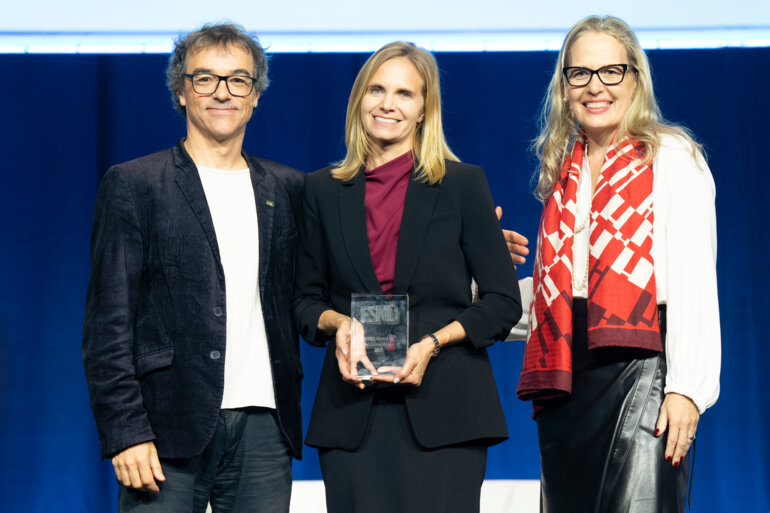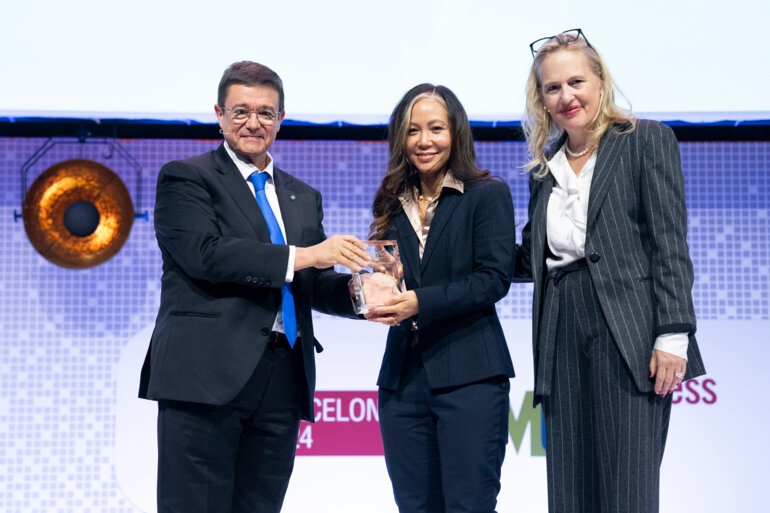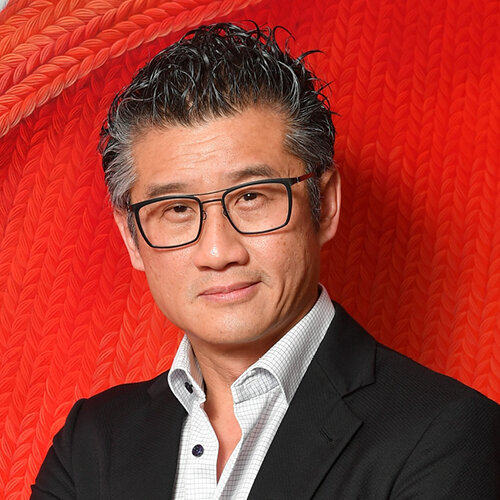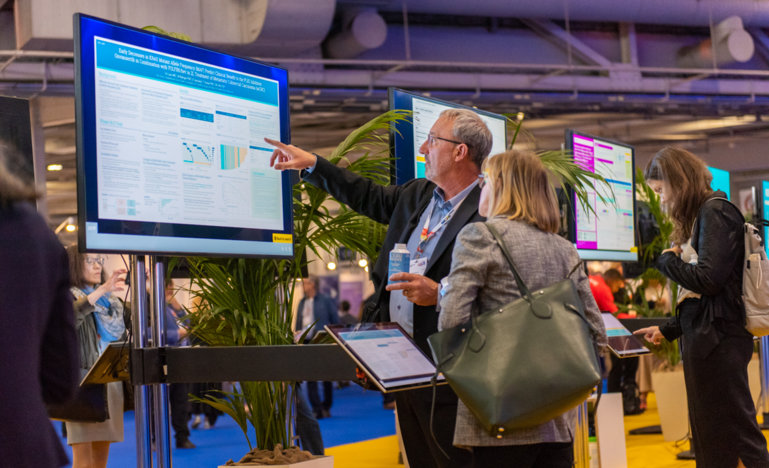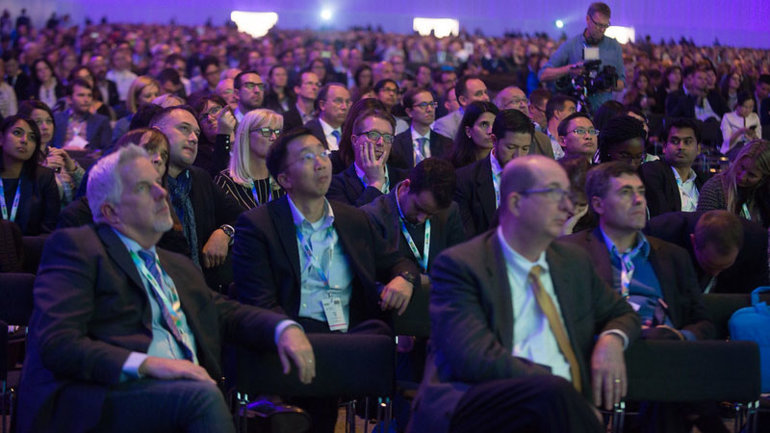Growing evidence shows that AI models can predict a patient's disease trajectory and signal the need for early therapeutic intervention
Christina Curtis is the RZ Cao Professor of Medicine, Genetics, and Biomedical Data Science at Stanford University, CA, USA, where she also serves as Senior Vice Chair of Research in the Department of Medicine and Director of Artificial Intelligence (AI) and Cancer Genomics. Her research, using integrated computational and experimental approaches, has identified new therapeutic targets and biomarkers in cancer, redefined the molecular map of breast cancer and introduced new paradigms for understanding tumour evolution and metastasis. The 2025 ESMO Award for Translational Research recognises her groundbreaking contributions to cancer genomics and her pioneering role in translating complex data science into clinically meaningful insights.
What are the most important current challenges facing translational research in the cancer setting?
There are several challenges in this field, including a need for broader adoption of diagnostics and the powerful molecular tools that we now have at our disposal to characterise and monitor disease. Aided by AI, diagnostic tools will continue to improve, and we need to reduce the bottleneck in their validation and clinical implementation.
Another challenge is that cancers are heterogeneous and evolve continuously, particularly under treatment selective pressure. This evolution contributes to escape from immune recognition and therapy resistance. Profiling the tumour before and during or after therapy can reveal mechanisms of resistance and response but is not routinely done, despite the advent of liquid biopsies to detect circulating tumour DNA. Resistance leading to disease recurrence remains a major challenge and underscores the importance of detecting and treating cancer early.
A third challenge relates to the development of therapies tailored to specific molecular alterations and using them earlier in the patient's disease trajectory. In breast cancer, we have seen tremendous advances; the standard of care has changed dramatically, and we must continue to improve on that for patients at high risk of recurrence. We have an opportunity to leverage the neoadjuvant setting to optimise therapy and study resistance mechanisms through in-depth correlative studies. Excitingly, some of the approaches we deployed to discover new vulnerabilities in breast cancer can be used as a template for other solid tumours where more effective therapies are urgently needed.
Computational biology and AI play a growing role in oncology. To what extent do you think they will contribute to future cancer treatments, and what are the barriers?
Machine learning on molecular data has already yielded prognostic and predictive biomarkers, as well as insights into the underlying drivers of disease. However, far more can be achieved with recent advances in AI. For example, AI can integrate genomics, pathology, imaging and clinical data into multimodal models that not only stratify patients but simulate disease trajectories and nominate tailored interventions. By generating a dynamic, in-silico replica of an individual, or a ‘digital twin’, it will be feasible to improve treatment decision-making and disease forecasting. This approach will enable a shift from trial-and-error to rational, data-driven design and care. However, having access to relevant data to train such models is crucial and remains a bottleneck. We must solve this as a community to ensure these advances benefit patients.
Another challenge lies in integrating new AI tools into healthcare systems and clinical trials under regulations that ensure safe use. Oversight from agencies such as the U.S. Food and Drug Administration and the European Medicines Agency is essential to guarantee these innovations serve patients.
Why is it important that oncologists are educated on cancer biology?
Cancer is a complex disease fuelled by molecular and microenvironmental changes. These changes not only inform diagnosis and treatment decision-making, but can reveal mechanisms of disease progression and novel targets or dependencies. Increasingly we have new tools to target molecules that were once thought to be undruggable. An in-depth understanding of cancer biology is the basis for discovering novel therapeutic targets and biomarkers that improve patient outcomes.
What are the most important next steps in research in this area?
I am a strong advocate of bringing together multimodal data – not just genomics and electronic health records, but also pathology and radiology where AI models have proliferated – and using this to better predict a patient's disease trajectory. As noted above, one approach involves simulation of a digital or molecular ‘twin’ for patients. While this is an area of active research, I am enthusiastic about the potential for impact on patient stratification, treatment optimisation and clinical trial design.
What inspired your interest in cancer genetics and tumour evolution?
I have had a long-standing interest in understanding the molecular basis for cancer. When the draft of the human genome was published in 2001, it was clear that this technology would transform our understanding of disease. Several years later, sequencing revealed the patterns of genomic changes present in cancer (down to the level of mutations in base pairs). These data also provided improved resolution on the heterogeneity within cancers and the relationship between cells, motivating our investigation of the dynamic mutational processes that fuel tumour initiation, growth and metastasis.
I chose to focus on biomedical data science because of my passion to understand cancer origins and progression from a systems-level perspective. As our genomes comprise ~3 billion base pairs, it was evident that computational methods would be needed to parse this information and interpret it. This prompted my graduate training and research directions. At the same time, gene-expression profiling emerged as a tool to study transcriptional changes present in cancer and their association with patient outcomes. This effort helped to lay the framework for systematic molecular classifications of disease.
Since then, I have led a number of research projects that have advanced our understanding of disease biology and the approach to patient stratification. The first relates to redefining the molecular map of breast cancer; through the use of genomic and data science we provided a novel stratification based on the impact of somatic copy number aberrations (Nature. 2012;486:346–352). With this approach we discovered that there are subgroups of patients with hormone receptor-positive disease who are at persistent risk of relapse for up to 2 decades after initial diagnosis. Those same subgroups harbour distinct genomic alterations that inform prognostication and treatment stratification (Nature. 2019;567:399–404; Nature. 2025;638:510–518). Further, we have shown that the genomic changes that define these subgroups occur early, during pre-invasive disease, and that an individual’s genetics and immunity influence whether an invasive tumour develops and its subtype (Science. 2024;384:eadh8697).
Our work in modelling tumour evolution has revised our understanding of how cancers grow and metastasise, providing quantitative insights into this occult process (Nat Genet. 2015;47:209–216; Nat Genet. 2019;51:1113–1122; Nat Genet. 2020;52:701–708). This has led to an appreciation that we can predict the trajectory of some tumours on the basis of early events, enabling robust risk stratification and earlier interventions. Ultimately, we aim to intercept disease at its onset.
How are AI and data science driving research to improve cancer outcomes?
These powerful tools are transforming precision oncology, from the discovery of actionable vulnerabilities to new biomarkers that inform patient stratification and disease forecasting. However, for many such tasks, data remain sparse, limiting insights.
We are harnessing AI and machine learning for both routine histopathology and spatial omic data to understand tumour–immune interactions and to elucidate strategies to overcome immune suppression. We are also uncovering novel therapeutic targets through the integration of patient and functional data for aggressive subgroups of disease.
Programme details
Curtis C. ESMO Translational Research Award lecture: Harnessing AI for precision oncology. ESMO Congress 2025, Opening session


